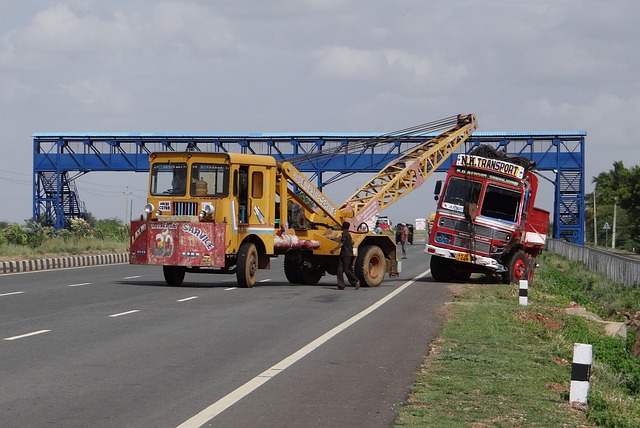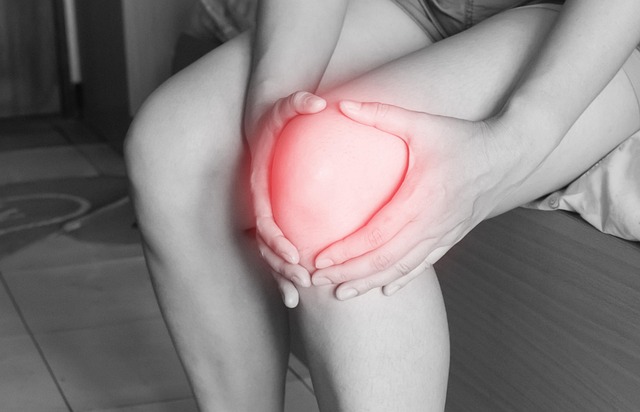Bicycle dooring accidents, where drivers open doors into cyclists' paths, pose a growing urban safety concern. With cycling's increasing popularity as a sustainable transport option, it's crucial to address this issue through combined efforts of awareness campaigns, stricter laws, and improved driver education. High-risk areas for these accidents are identified through data analysis, with strategies like better signage, lighting, physical barriers, and dedicated bike lanes targeting hotspots around schools, shopping districts, and office buildings. Community safety programs for both cyclists and drivers, along with reflective clothing, streetlights, and bike lights, further mitigate risks. These initiatives collectively aim to create safer road-sharing practices and significantly reduce bicycle dooring accidents.
Bicycle dooring accidents, where cyclists are struck by opening car doors, are on the rise. Understanding this growing concern is crucial for both riders and drivers. In a recent study, transportation experts identified high-risk areas where such incidents are frequent. This article delves into these findings, offering strategies to mitigate risks and enhance safety for cyclists, ensuring everyone shares the road responsibly.
Learn about hotspot identification and practical solutions to prevent devastating bicycle dooring accidents.
- Understanding Bicycle Dooring Accidents: A Growing Concern
- Identifying High-Risk Areas: Expert Analysis and Findings
- Strategies to Mitigate Risks and Enhance Safety for Cyclists
Understanding Bicycle Dooring Accidents: A Growing Concern

Bicycle dooring accidents have become an increasingly significant concern on urban roads. These incidents occur when a motorist opening their vehicle door into the path of an approaching cyclist, leading to potential collisions and serious injuries. With the rising popularity of cycling as a means of sustainable transportation, understanding and mitigating these hazards is more critical than ever.
Experts emphasize that caregiver negligence, specifically in situations where drivers are not fully aware or fail to exercise caution when exiting their vehicles, plays a substantial role in these accidents. The impact can result in severe injuries for cyclists, who may face the brunt of the force due to the vulnerability of their position on the road. Therefore, raising awareness about this issue is crucial, and many advocates are pushing for stricter laws and improved driver education to combat bicycle dooring accidents effectively. Engaging both drivers and cyclists in these discussions can help foster a safer sharing of the road.
Identifying High-Risk Areas: Expert Analysis and Findings

Experts have identified high-risk areas for bicycle dooring accidents by analyzing collision data and witness accounts. These areas often share specific characteristics, such as heavy traffic flows, narrow streets, or intersections where vehicles make frequent turns. By mapping these incidents, researchers can pinpoint hotspots that warrant increased safety measures. For instance, zones with a history of multiple dooring accidents may require improved signage, better street lighting, or even physical barriers to protect cyclists from opening vehicle doors.
In their analysis, experts also consider urban planning and infrastructure factors. They look for areas where cycling infrastructure is lacking, such as missing bike lanes or inadequate protective measures around schools, shopping districts, or office buildings. By addressing these gaps, cities can significantly reduce the occurrence of bicycle dooring accidents, fostering a safer environment for both cyclists and motorists. Moreover, understanding these hotspots is crucial in preventing potential real estate disputes or partnership disputes that may arise from such incidents, as it encourages proactive safety solutions.
Strategies to Mitigate Risks and Enhance Safety for Cyclists

To mitigate risks and enhance safety for cyclists, several strategies can be implemented. One effective approach is improving infrastructure by designing streets with dedicated bike lanes, separated from vehicular traffic, which significantly reduces the risk of bicycle dooring accidents. Additionally, increasing awareness among drivers about sharing the road responsibly and yielding to cyclists can lead to a substantial drop in such incidents.
Community education programs that teach cycling safety and driver training courses focusing on how to share the road safely can further contribute to client recovery and prevent personal injury. Encouraging the use of bike lights and reflective clothing at night, along with the installation of streetlights in areas prone to bicycle dooring accidents, will make cyclists more visible and reduce the likelihood of collisions. These measures collectively aim to create a safer environment for both cyclists and drivers, ultimately reducing the occurrence of bicycle dooring accidents.
Bicycle dooring accidents pose a significant concern for cyclists’ safety, prompting experts to identify high-risk areas. Through meticulous analysis of crash data, they have pinpointed hotspots where these incidents are more prevalent. By understanding these zones, we can implement targeted strategies to mitigate risks and enhance safety for cyclists. Adopting measures such as improved infrastructure, driver education, and stricter enforcement can create a more secure environment for everyone sharing the roads.






